One of the most carefully bred fish species is the koi, which is known around the world for its beauty and personality. Koi fish are especially time-consuming to raise, as they require more than a little sprinkle of flakes in the bowl. The good news is that you don’t need to be a professional to look after a Koi pond.
There is a lot of work involved in getting started with koi. There is nothing better in the world of fish than a Koi, which combines beauty, grace, size, and speed into one plump package (or rather several plump packages, since Koi live in colonies).
Koi owners appreciate the aesthetics of their ponds because they are designed to complement the fish. In observing koi in their ponds, you witness creatures from a different world, a world without strife, argument, crowded roads, or any of the other dubious advantages of civilization.
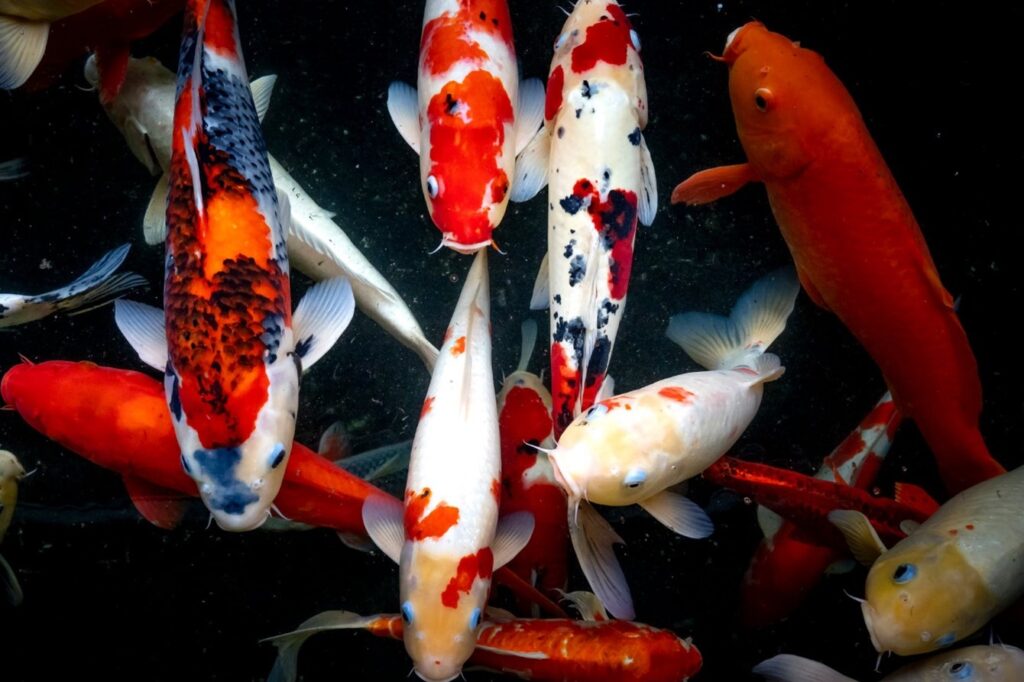
Understanding the Basics To Raise Koi Fish
Prior to getting started, we want to take a moment to discuss a few things you need to know about these fascinating fish.
A Big Home For Koi:
You can have just as much fun with a $10 koi as one that costs $200. Koi do get large (24 inches or more) and they need a good-sized pond, but you don’t have to spend a lot of money for them.
Providing your Koi with a transitional home
A second, temporary home is also required to quarantine new fish in addition to a permanent home for your koi. Koi can be gradually acclimated to their new environment in a quarantine tub. Also, you can observe them for a while so that sick or contagious fish don’t infect your main pond. In addition to serving as emergency quarters, transition tubs can also serve as hospitals for treating sick and injured fish.
A permanent home for your koi
There are only a few unbreakable rules in pond design and construction:
Simple shapes work best: rectangles, squares, and circles. The easiest way to clean these shapes is with a filter. Keep goldfish instead of koi if you want a dumbbell-shaped pond. You may be surprised by how small the pond is. There is enough room for a couple of koi in a pool that is at least 6 x 9 feet and 4 feet deep.
Nevertheless, little koi can grow into bigger ones (24 inches long or longer), and they require a large enough swimming area. In light of the growing popularity of koi-keeping, it is our duty to warn you that ponds will tend to grow in size as time passes.
You will also learn which type of pond takes the most work and money so you can choose one that fits your lifestyle.
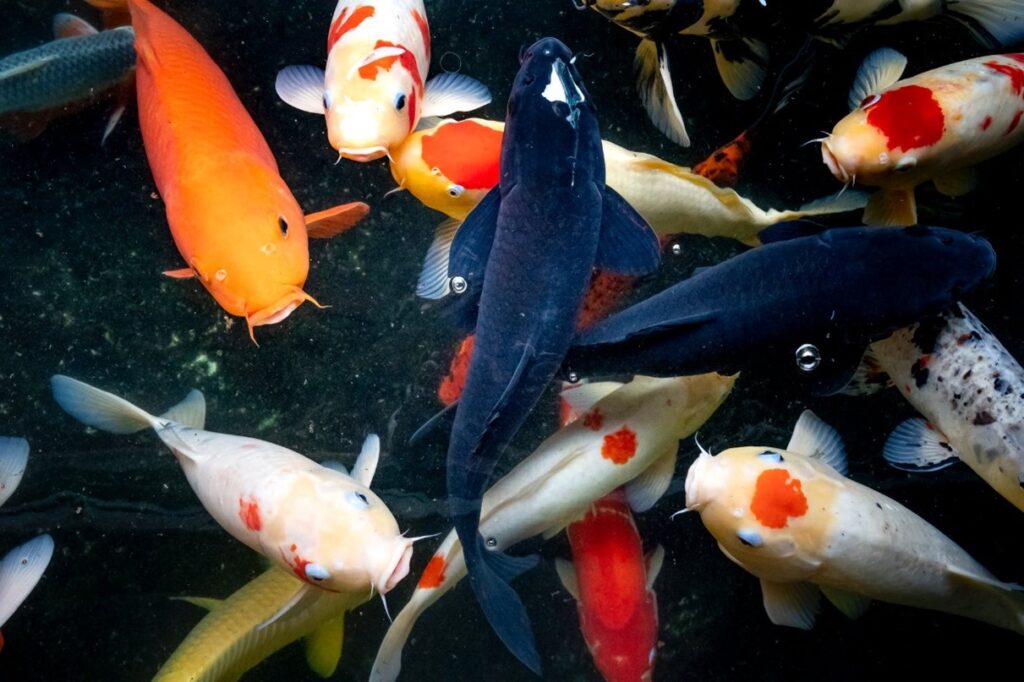
Understanding the Process To Raise Koi Fish
Although the filtration system performs much of the pond maintenance, you still have to maintain the system and the quality of the pond water. These tasks consist of the following:
Reverse scrubbing
(Clean the filter):
Taking little effort and time, here are two steps in this process:
- All the particles that the filter has removed must be swishing back through the filter in order to remove them
- Putting a valve on the filter so that the contaminated water empties.
You physically remove the filter mats from some filters (similar to the ones in your central air conditioner) and shake or spray off the debris before replacing the filter.
Analyzing the chemistry of a pond:
Although you can choose to buy a testing kit with test strips for $35, a simple $35 kit works quite well. Your pond’s water quality and how well your filter is working will be revealed by the colors of the test strips. In one of our articles, we discuss what you should do if any of the values in your water are out of range, which gives you goals for pH, ammonia, nitrite, and nitrate.
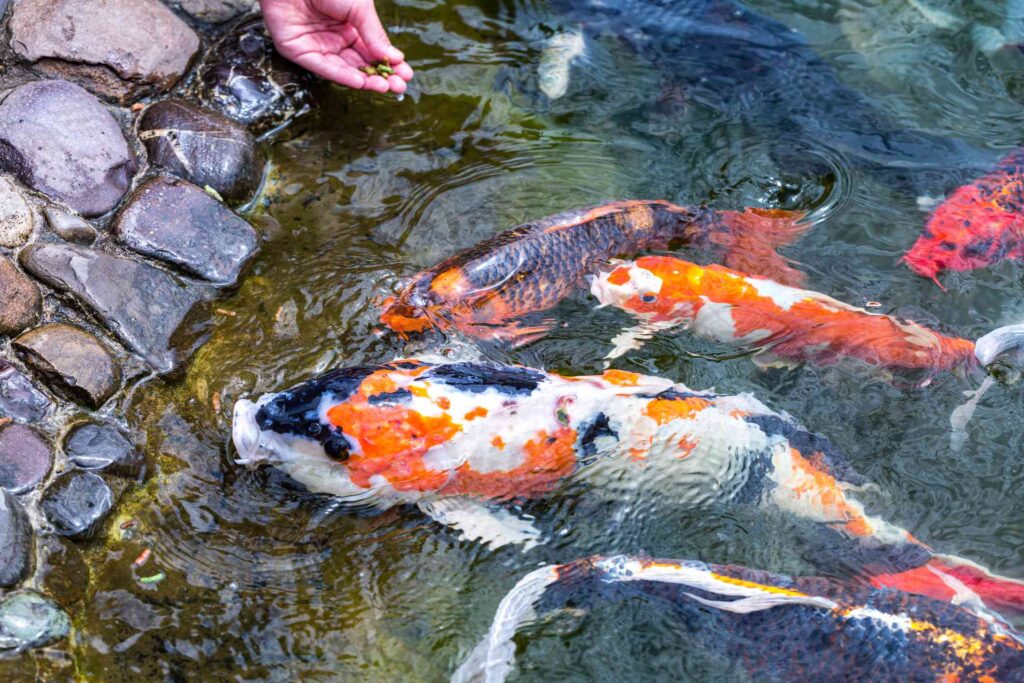
A Brief How-To Raise & Keep Koi Fish Healthy
Water cleanliness is the easiest way to keep your koi healthy, but there are other factors to consider. Here are some tips for protecting your koi:
Reduce and Maintain Koi Stress:
Stress is a factor in koi illness because koi do not handle stress well. Koi can be stressed by moving into a new pond, being overcrowded, or changing the water temperature suddenly. A stressed immune system is weakened, which enables all opportunistic bacteria or parasites to thrive.
To Protect your Fish, Always Quarantine Them:
If you thought quarantining new fish went the way of the dodo and the bubonic plague, think again. Koi quarantining ensures a healthy breeding environment as well as preventing potentially fatal pond-wide problems. It is easy to make your own quarantine pond or tub (and you can make koi babies in the same tub if you have koi eggs despite or because of your efforts).
The Koi’s Environment Should Be Adjusted According To The Weather.
There are numerous creatures that cannot produce heat to stay warm due to the prolonged cold of winter. When the water temperature drops, koi literally cannot function; they can’t digest food (so they don’t eat for weeks), and they may be infected.
As a result, they cannot swim well. It would almost be comical to watch slow koi swim in a 55-degree pond if it wasn’t so tragic. If your pond is covered and heated, you will be able to avoid some cold-water problems. We also discuss some relatively inexpensive options for pond-covering in this chapter, along with options for heating your pond and staying within your budget.
Take Care of Your Fish:
Make sure to inspect your koi if you notice unusual behavior, just as you would with a dog or cat. The mid-60s are typical of warm spring water temperatures, which is when koi are most likely to develop skin ulcers.
External parasites can affect Koi. Suddenly, the white dots may appear on your koi’s skin or you may see hairlike tendrils dangling from his body. They might develop little, clear spots of jelly on their fins (except that they have eyes). Despite their prevalence, parasites aren’t an inevitability for koi. There is no need to touch a single parasite to get rid of it.
Final Thoughts!
The word koi is normally associated with goldfish, but not everyone knows what it means. Koi are, in fact, mostly thought of as just big goldfish! We will discuss Koi, their color combinations, and body shapes in the upcoming articles. We will also explain the history of koi and how it all started. Besides covering the major koi markets, we explain how to identify winners using the most popular koi.
_______________________________________________________________________
Aquigarden is reader-supported by Adsense & Amazon LLC. When you buy throug links on our tips site, we may earn an affiliate commission. Learn more. Aquigarden is a participant in the Amazon Services LLC Associates Program, an affiliate advertising program designed to provide a means of sites to earn lead fees by linking to Amazon.com
We only give our own opinion. We only give our own opinion. We do not accept any liability. We recommend that you always call in a professional in pond & pool.


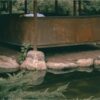
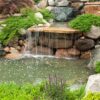
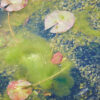
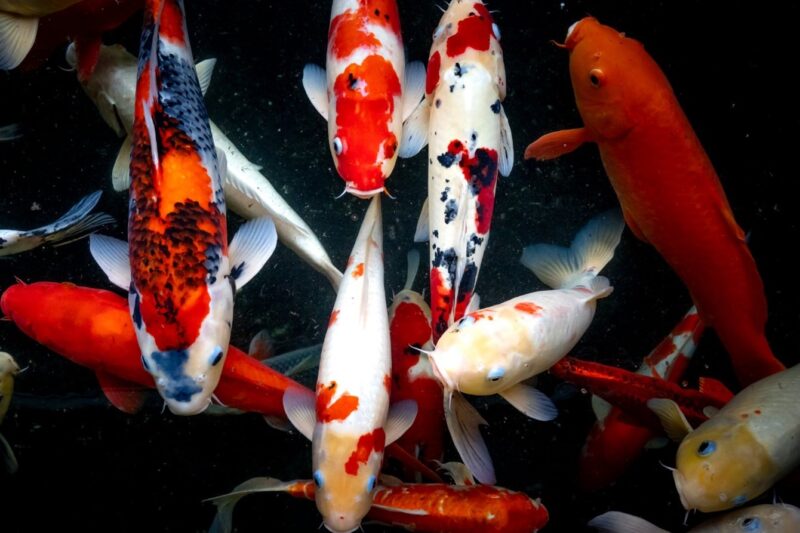
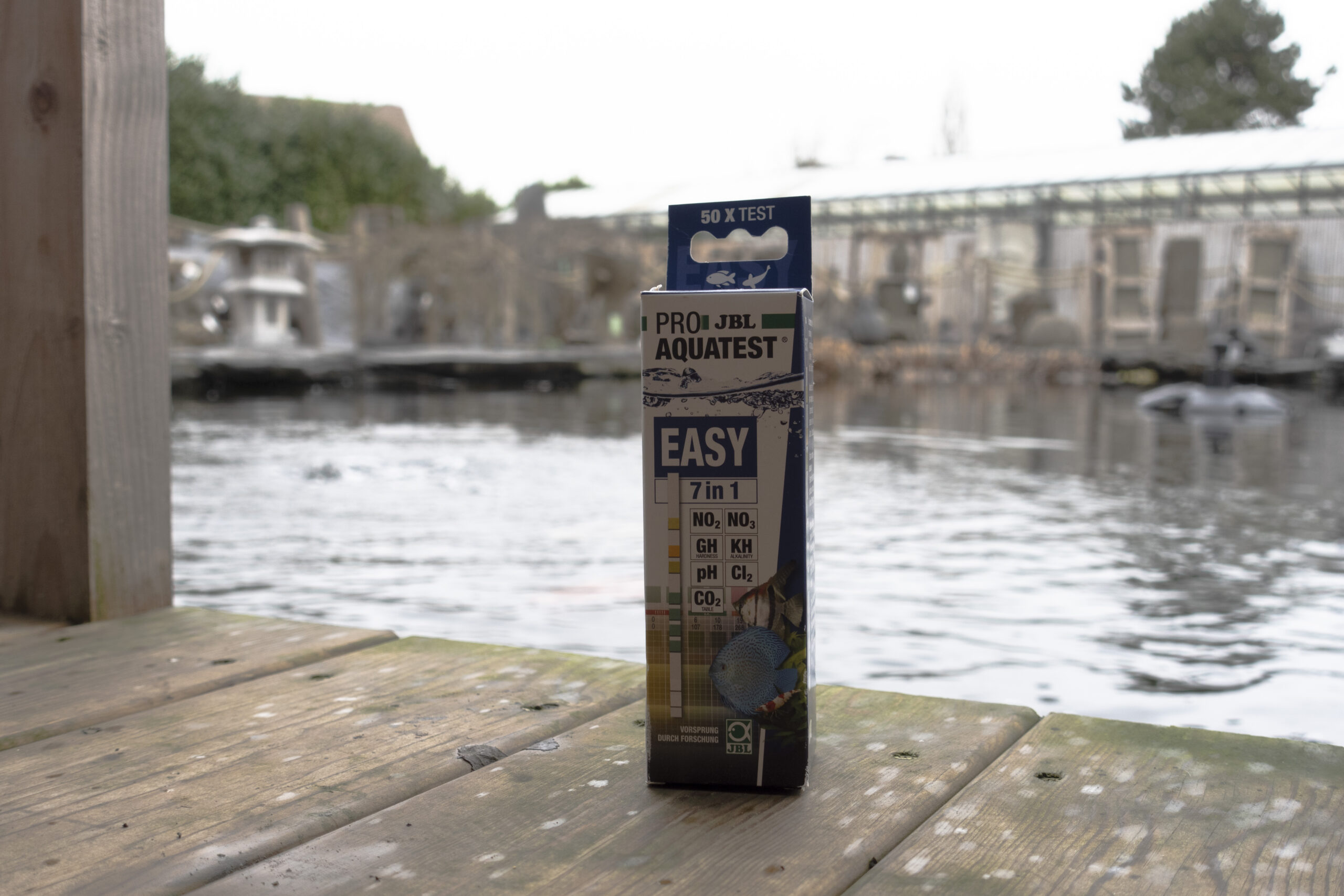




Pingback: 8 Koi Pond Maintenance Tips - Aquigarden